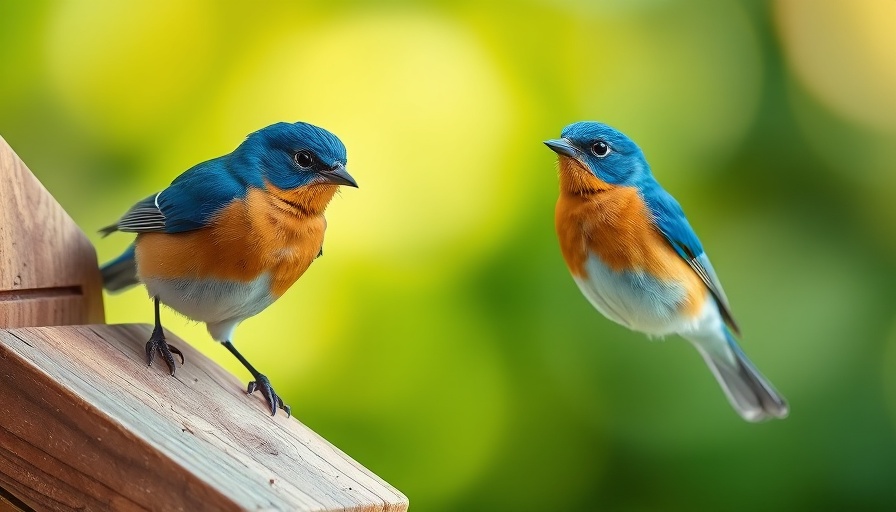
The Joy of Eastern Bluebirds: Nature's Bright Cheerleaders
Eastern Bluebirds are not just birds; they are symbols of resilience and community effort, bringing joy to nature lovers and casual observers alike. With their vivid sapphire blue feathers and cheerful melodies, these birds have a way of brightening people’s days. You can often spot them in open woodlands, parks, and along countryside roads where they hunt for insects in grassy patches.
A Historic Comeback Driven by Community Action
In the early 20th century, Eastern Bluebird populations faced significant challenges due to the rise of invasive species like House Sparrows and European Starlings, which claimed many of their nesting sites. However, the tide began to turn thanks to the dedication of backyard birders and conservation groups who established bluebird trails and installed nest boxes. This grassroots initiative played a crucial role in restoring the bluebird's habitat.
The Legacy of Advocacy for Bluebird Conservation
The story of the Eastern Bluebird is not only about its beauty but also about the effective advocacy community members showed to protect these birds. In memory of Bud Oehler, who championed the creation of numerous nest boxes in Southwest Iowa, we acknowledge the impact of local conservation efforts. This legacy serves as a reminder of how collective action can lead to positive change in wildlife populations.
Why Eastern Bluebirds Matter to All of Us
These charming birds are more than just delightful to watch; they represent hope and the positive results of conservation efforts. They remind us of the importance of protecting our natural world for future generations. The Eastern Bluebird's story is a celebration of collaboration, advocating for wildlife, and appreciating the simple pleasures nature provides.
 Add Row
Add Row  Add
Add 




Write A Comment